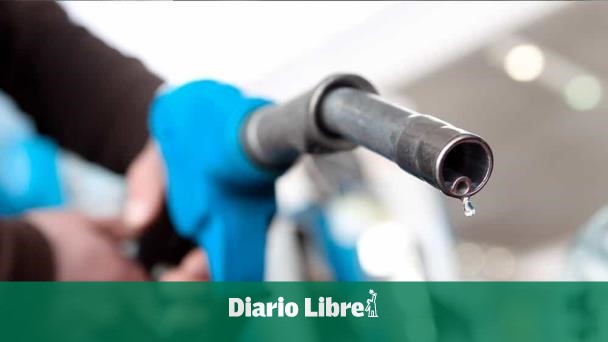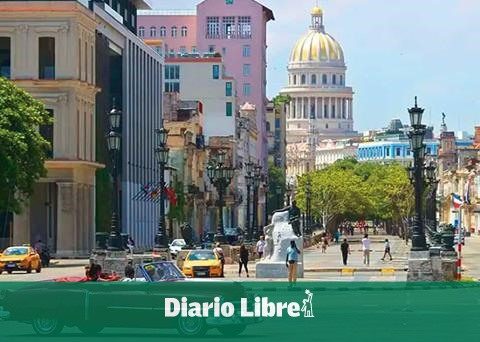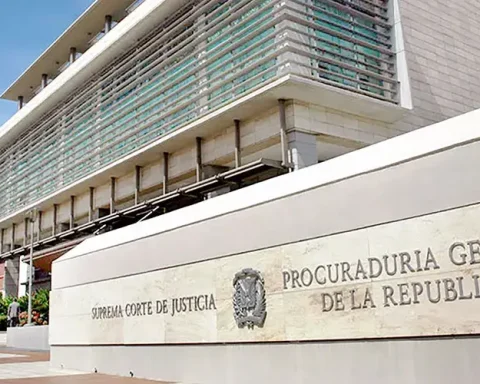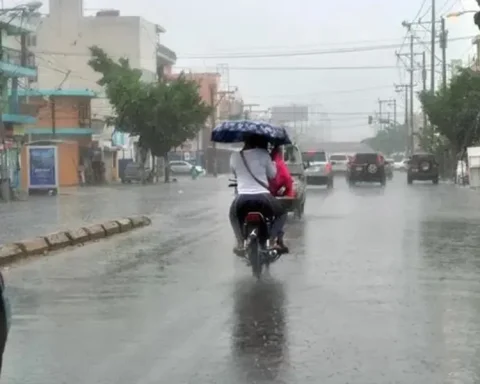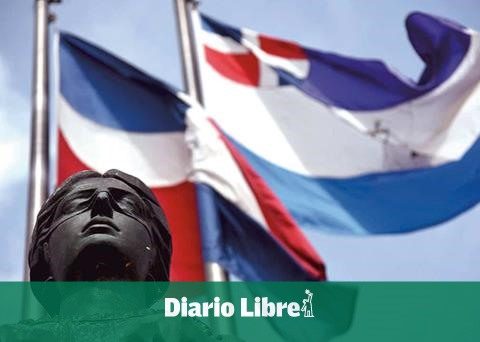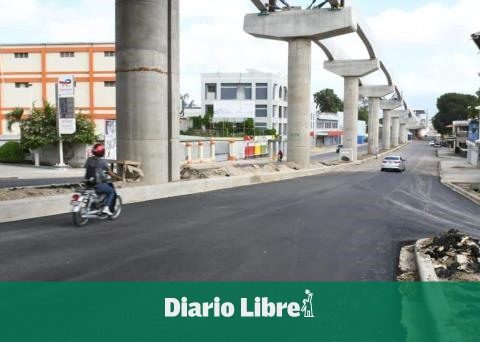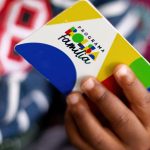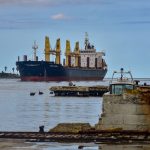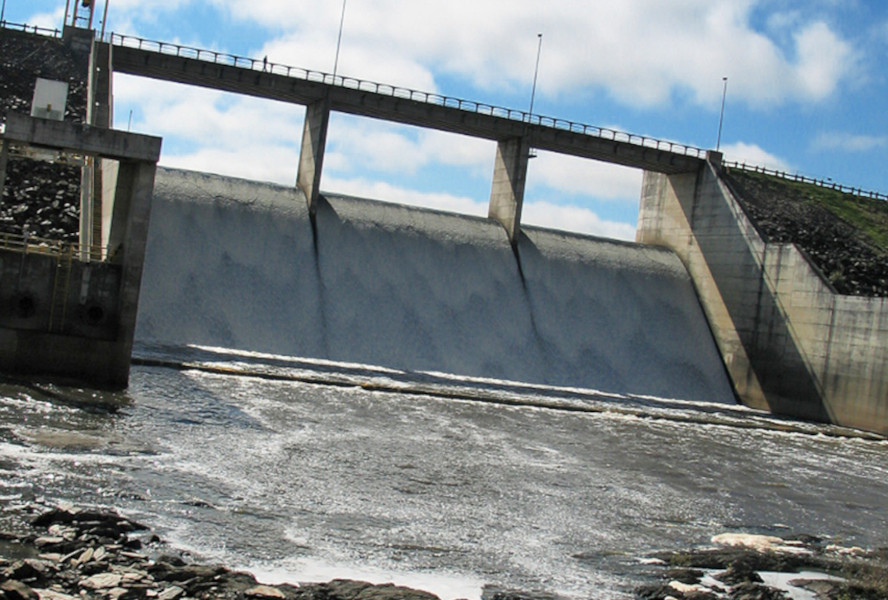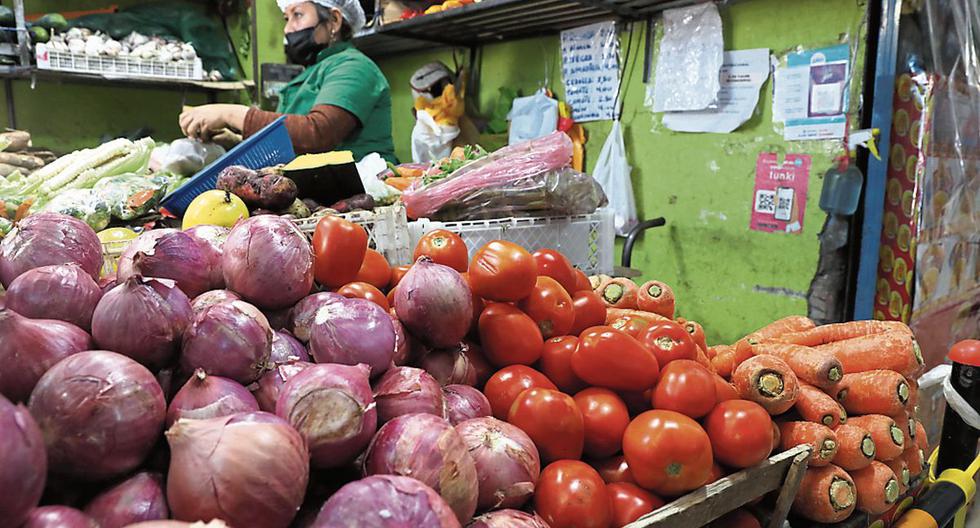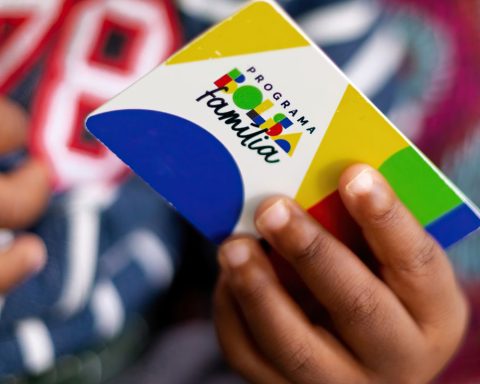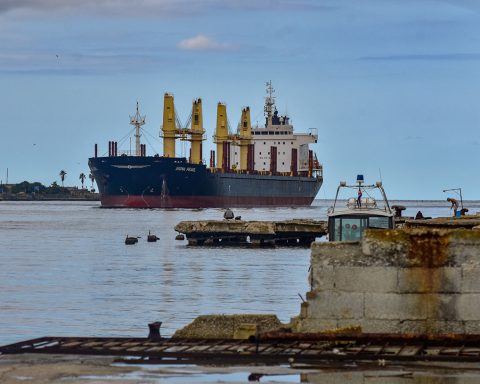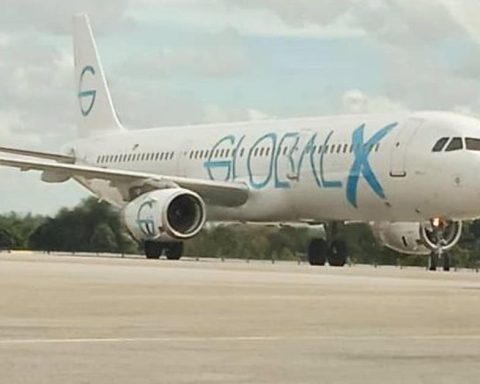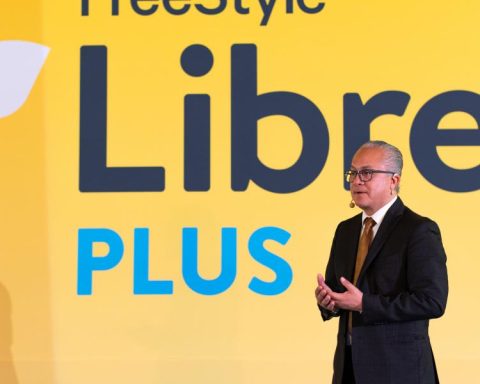That the consumer benefits from paying gasoline, diesel oil and liquefied petroleum gas (LPG) at the same price since last March has led to the Government generating a debt of more than 23,806.7 million pesos for fuel subsidyof which as of July 1, it still owed 5,592.4 million pesos, according to the Ministry of Economy.
To contain inflation and avoid passing on the high prices of commodities such as oil to the consumer, the Government maintains a gallon of premium gasoline at 293.60 pesos and regular gasoline at 274.50 pesos; regular diesel at 221.60 pesos and optimal at 241.10 pesos; and the LPG at 147.60 pesos.
Freezing these and other hydrocarbons generated that the segment fuels monopolize 74% of all the money dedicated to subsidies in the first six months of this year. This exceeds that given to the electricity sector (4,799 million pesos) and to social programs (1,284 million pesos), includes the “Report on the macroeconomic situation” to June, prepared by the Ministry of Economy.
Other lines that also benefited from subsidies in the first half were fertilizers (1,223 million pesos), flour (828 million pesos), drivers (466 million pesos), food via Inespre (426 million pesos) and chicken (201 millions of pesos).
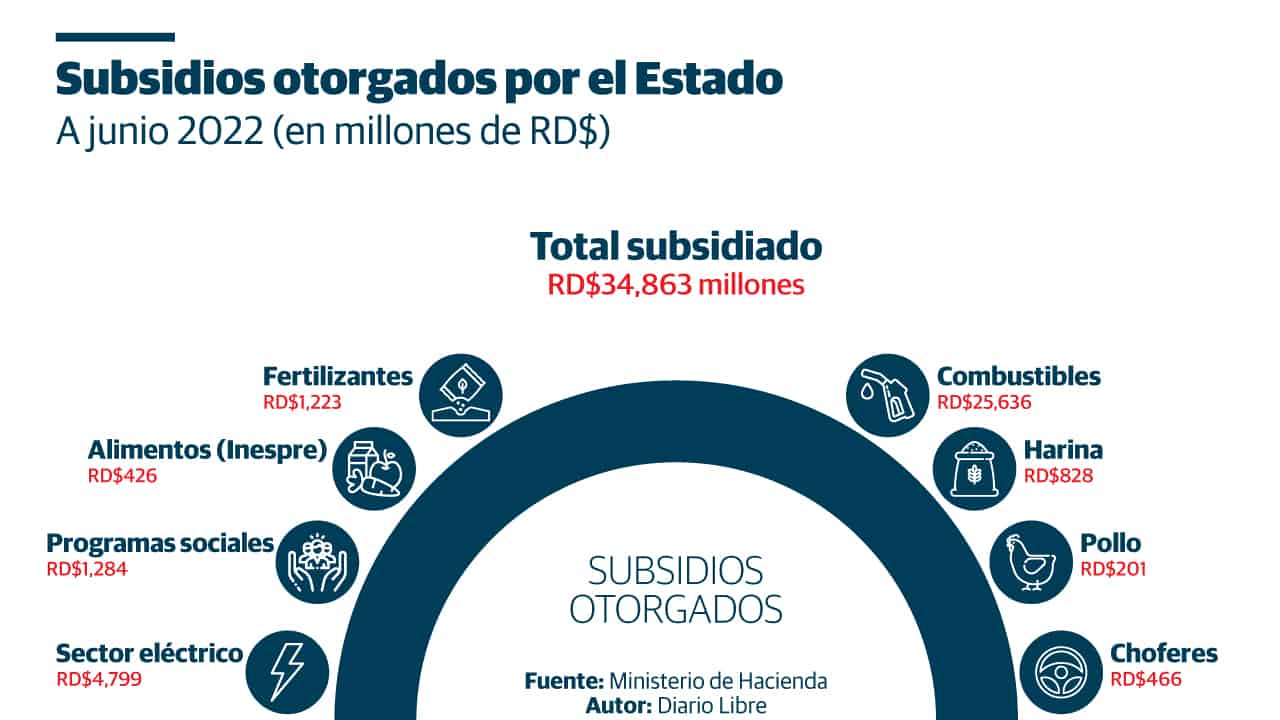
The Minister of Industry and Commerce, Víctor –Ito– Bisonó has estimated that these subsidies have been able to reduce inflation “that is being generated throughout the world” by more than 4%.
As of June, the accumulated inflation in the Dominican Republic was 4.96% and the interannual rate (from June 2021 to June 2022) was 9.48%. It is projected that the annual average will be 9.0%. The goal is for inflation to be in the 4.0% ± 1.0% range.
When President Luis Abinader announced the freezing of fuels He said that the measure would have an initial duration of four months and that, to apply it, the price of a barrel of oil in Texas, a reference in the country, should be maintained between 85 and 115 dollars. The four months expired last June; in this July the subsidy has been maintained.
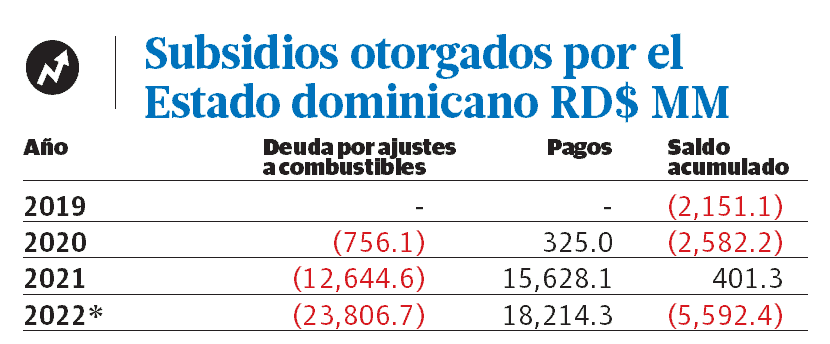
Where does the money come from?
The resources to maintain the subsidies announced this year, the Ministry of Finance has informed that they come from the measures imposed by Decree 3-22, which limits, among other things, the purchase of vehicles and air tickets. Minister José Manuel -Jochi- Vicente has said that “all other budget items are also analyzed to determine where else availabilities can be obtained”.
Last week, the Ministry of Public Administration and the General Directorate of the Budget issued a circular that restricts the entry or movements of personnel and salary readjustments that represent increases in the line of remuneration in the institutions of the Public Administration with the purpose of rationalizing spending. .
“The government is in a position to (do) what it has done up to now, without loans, to be able to face the subsidies, saving every penny; the same president reviewing each ministry and looking for a way to render each chele, so that the issue of war and inflation in the world affects the Dominican Republic as little as possible,” said Bisonó in the middle of this month .
The heads of the General Directorates of Internal Taxes and Customs have stated that the fuel subsidy It has taken a good part of the collections, which have increased compared to last year.
“In these five months we can be hovering, the DGII alone, 20,000 million pesos above what was projected. However, what use are they, if only fuel subsidy 17,000 million pesos go in these five months?”, said the head of the DGII, Luis Valdez, at the beginning of June.
